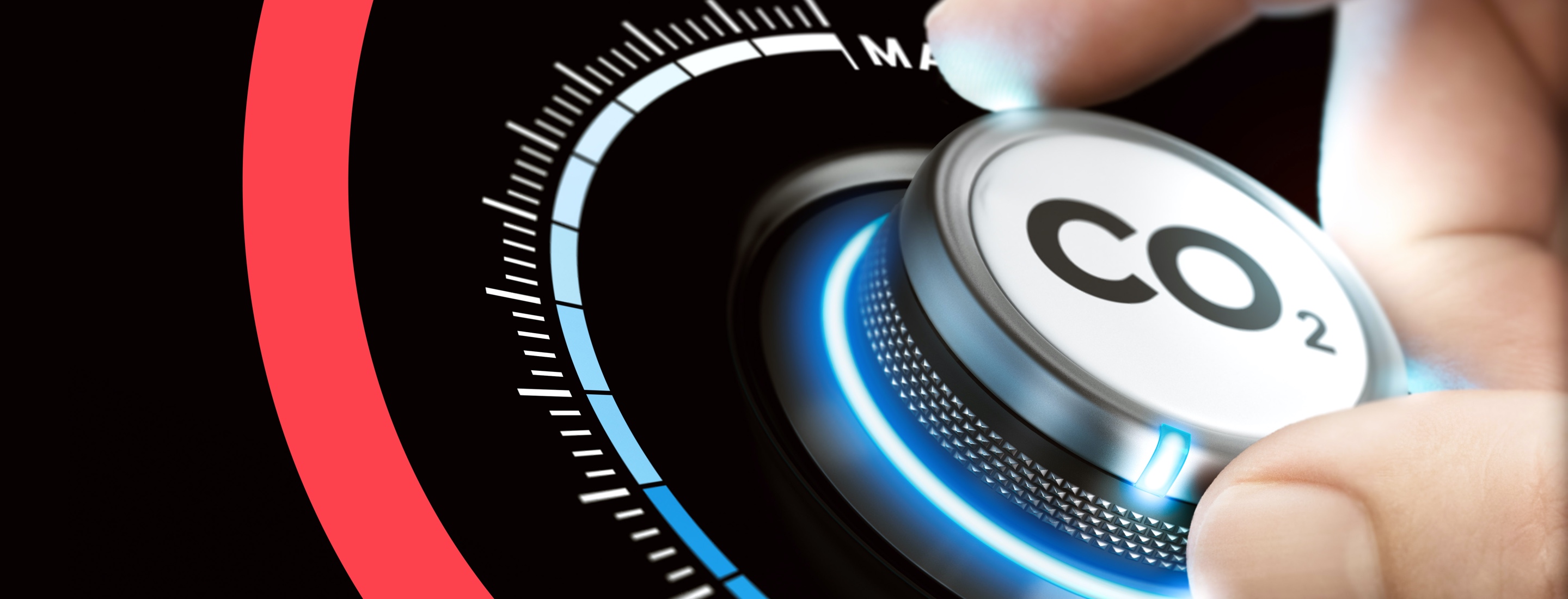Our three-step plan
Drawing on our experience of working with Oshawa Power, we propose an incremental process to encourage demand-shifting. One that starts to deliver tangible change quickly while providing the foundation for the full solution that will ultimately follow:
Step one
Put in place essential digital engagement tools. To ease this process, Publicis Sapient’s Peak Service clusters energy customers based on usage from their smart meter and the characteristics of their home. It then compares them on a daily, weekly and monthly basis so that energy retailers can bring their billing and usage data to life with more precise messaging and can reward households when they make progress. We have chosen leader boards and rewards based on positive feedback in the Oshawa pilot. The aim of the initial step is to demonstrate tangible progress in sustainable usage initiatives quickly and galvanize organizations to go further.
Step two
Deliver measurable shifts in peak demand, retention rates and cross-selling revenue by scaling the digital engagement tools to deliver personalized saving strategies and nudges. At this stage there are no changes to tariff structures or wholesale buying, but the organization needs to decide on the technology stack that will be required; it needs to ensure collaboration between data, engineering, digital and marketing teams to make the initiative an integral part of how the business operates; and it needs to commit to several months of refinement and optimization work around data sources, algorithms, engagement mechanics and content to deliver better insights for customers.
Step three
Pilot and roll out a full-scale solution that combines digital engagement tools with the billing technology to support dynamic tariffs, along with a switch to more frequent wholesale market settlements that take advantage of the dynamic tariffs and minimize risk. The program could be further widened by integrating it with zero-carbon product propositions, especially where these can simplify and automate household decisions on energy use and efficiency.
This complex program of work would historically have been ignited by regulatory intervention or board-level sponsorship. However, with the urgency of energy transition becoming clearer all the time, we believe that it can now also result from momentum built up within the organization, and by showing customers how to use energy more efficiently and contribute to the world’s energy transition.









